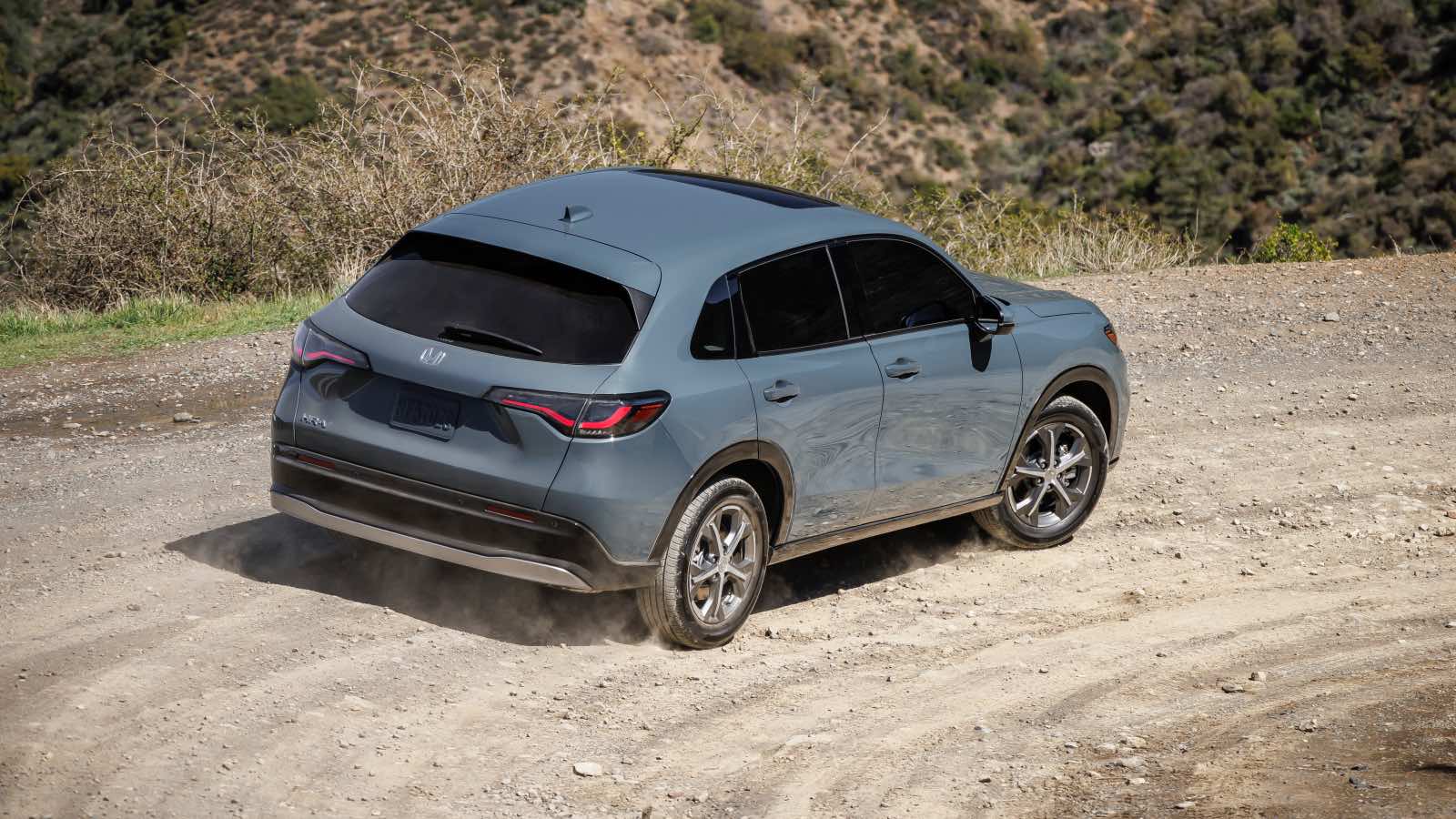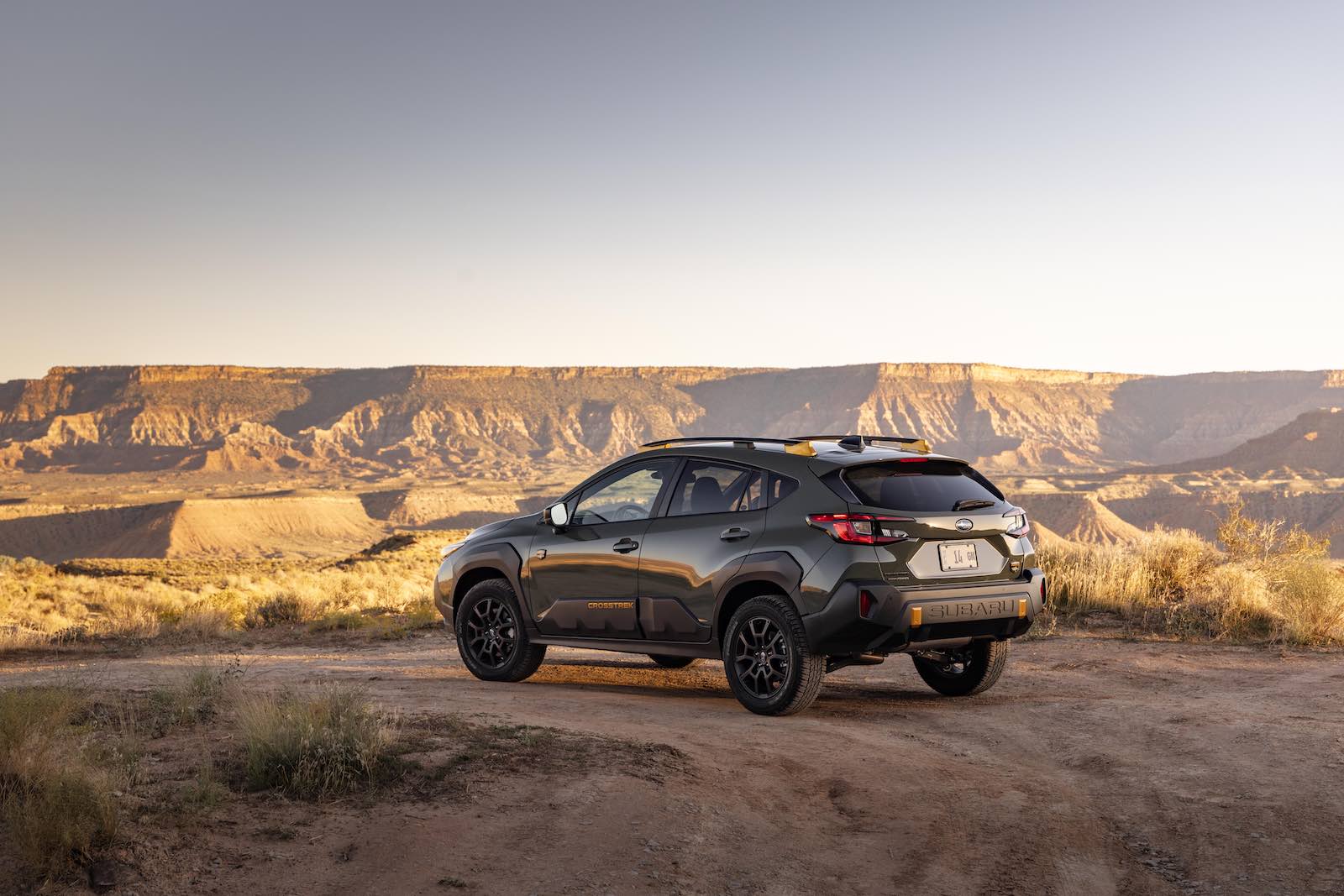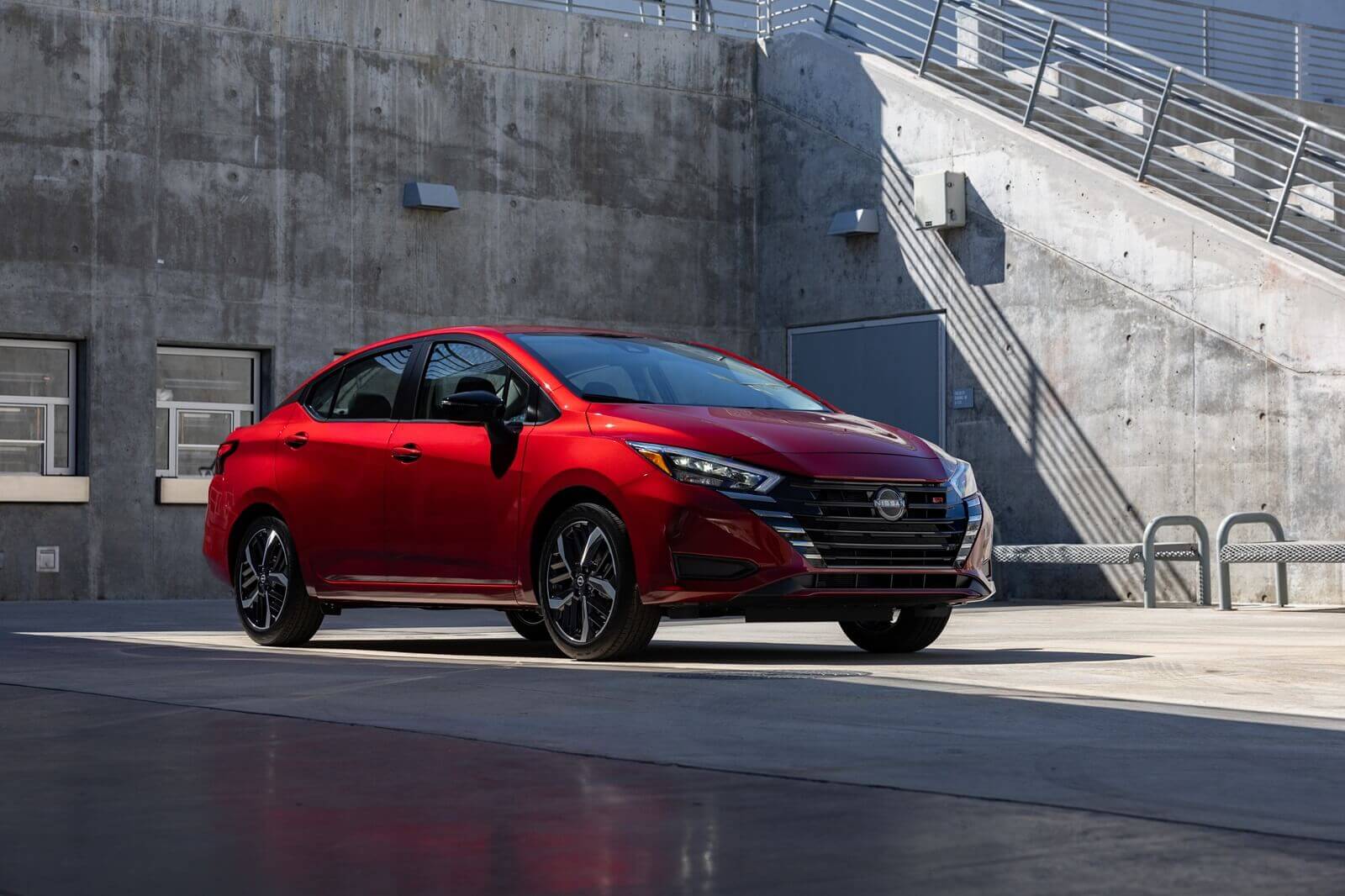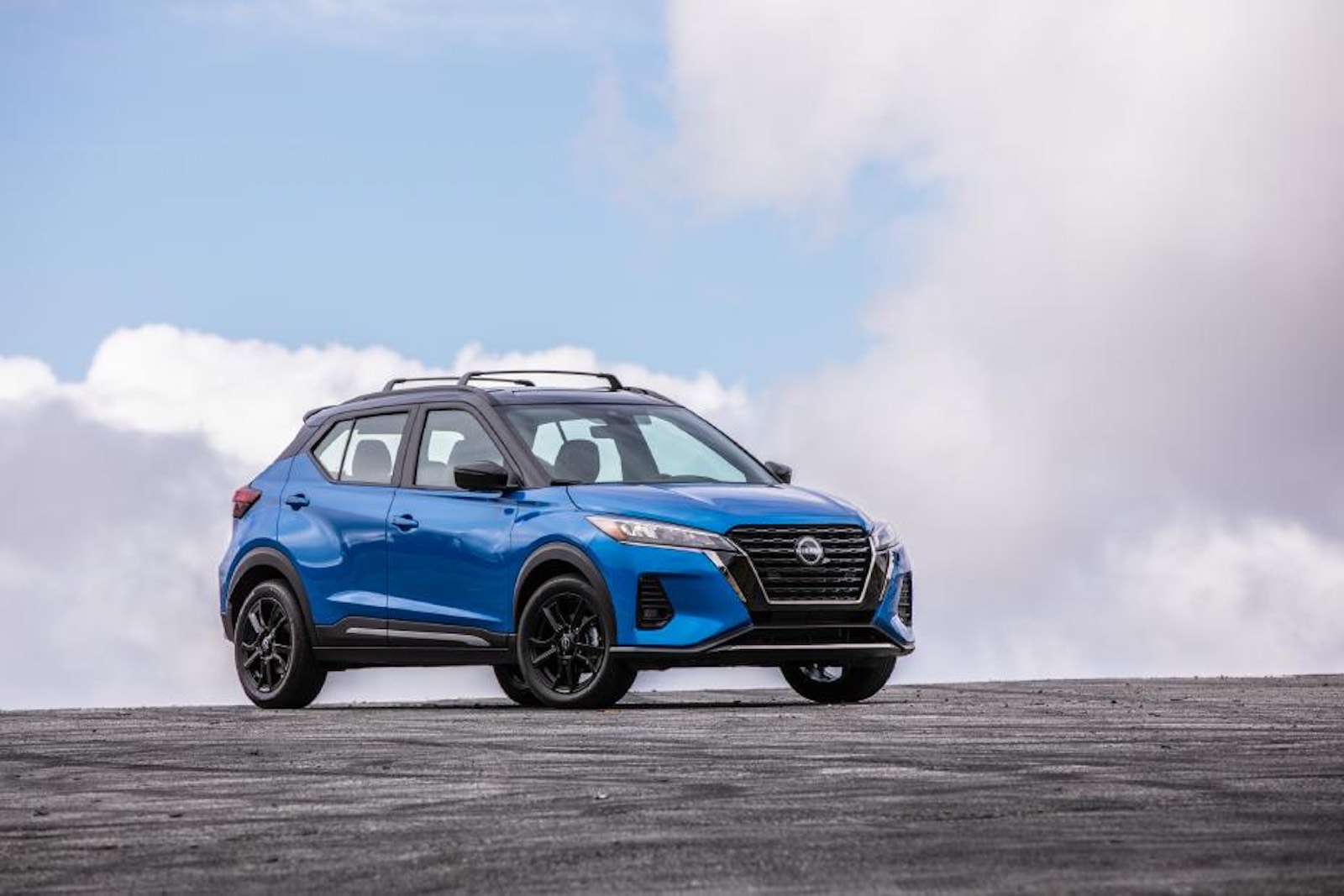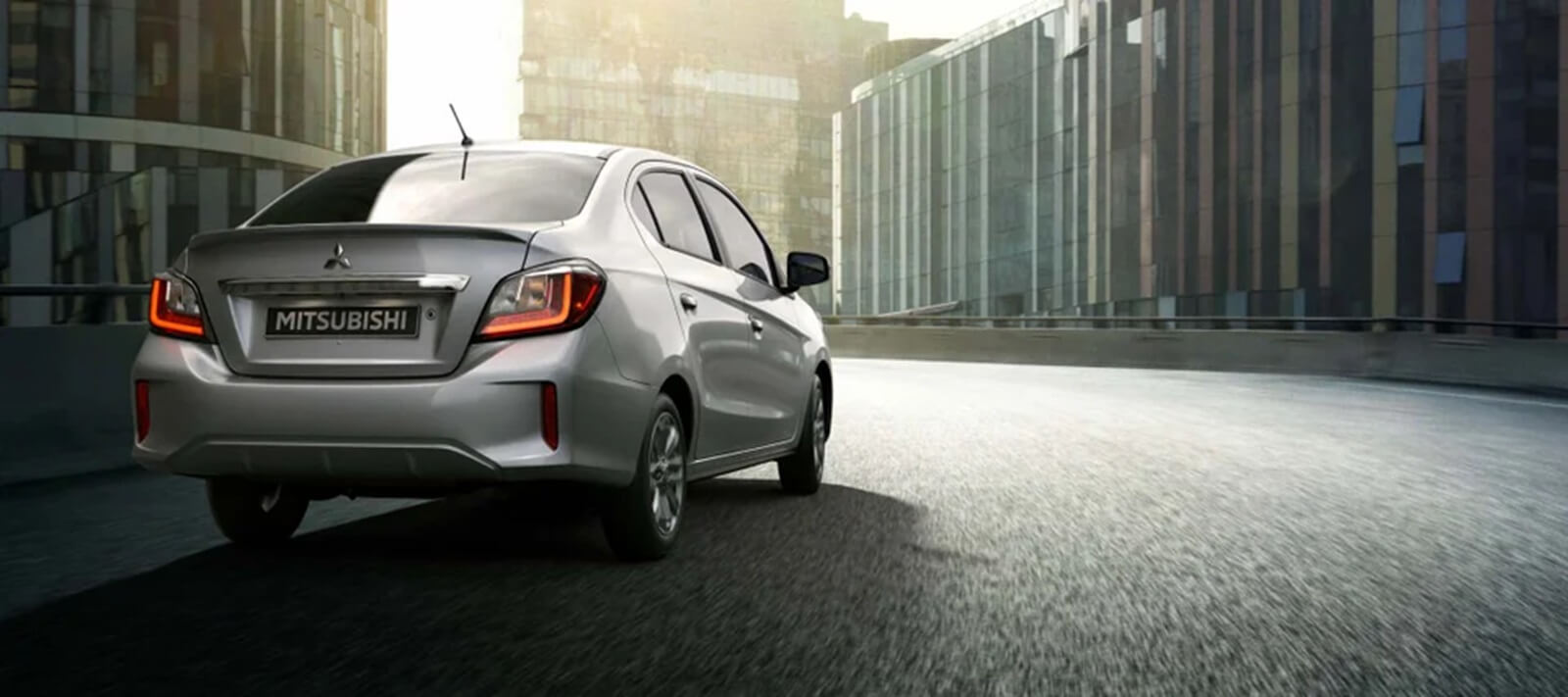Mitsubishi’s Resurgence in North America
Mitsubishi, a brand that often flies under the radar, is plotting a bold return to prominence in North America with a strategic product launch that includes some exciting surprises. As part of its “Momentum 2030” business strategy, the automaker plans to introduce a series of new models in the United States over the next few years, potentially including an off-road capable SUV and the much-loved Delica van. This initiative aims to revitalize the brand’s presence and appeal in the competitive North American market.
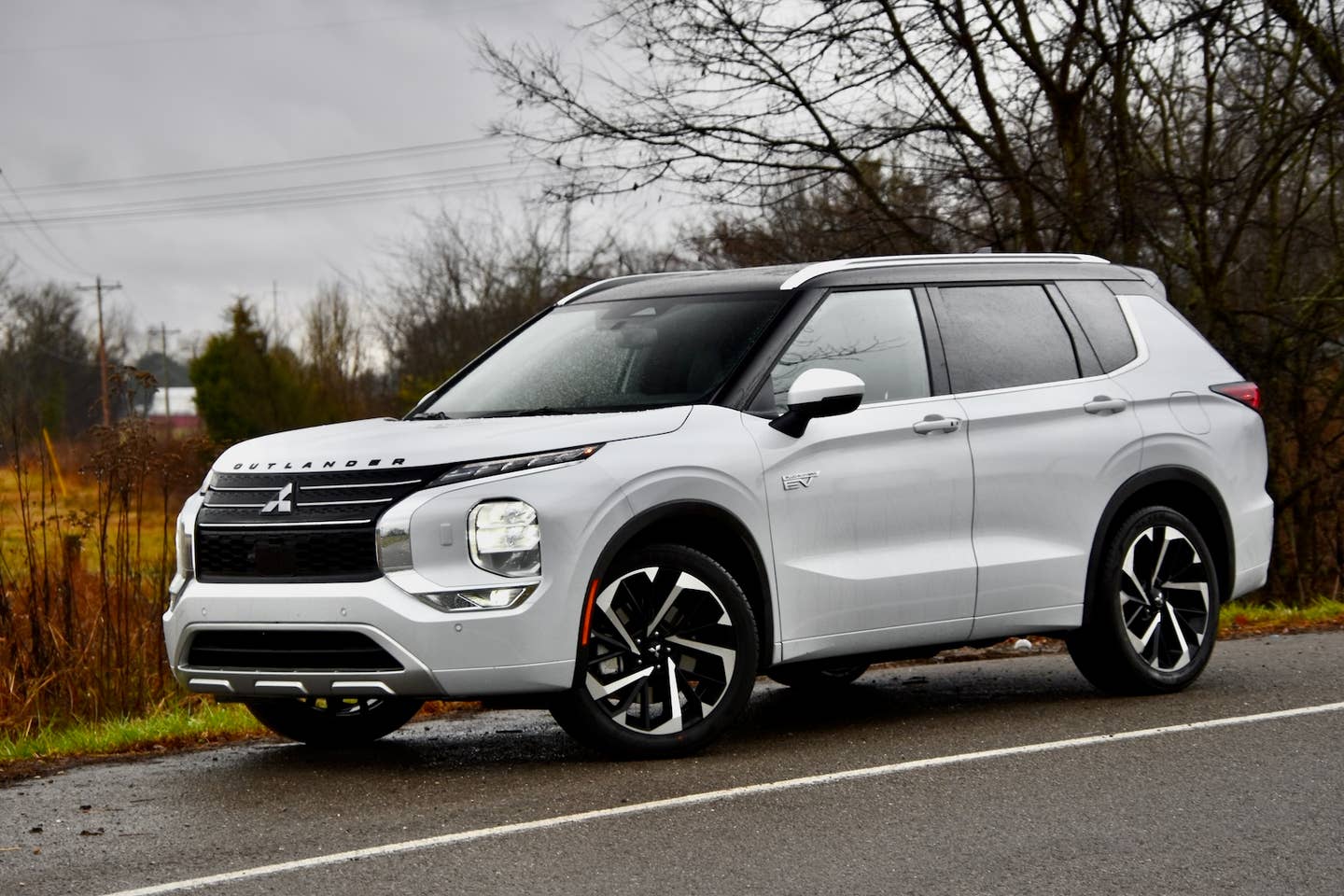
2023 Mitsubishi Outlander PHEV. James Gilboy
Expanding and Diversifying the Product Lineup
During the period from 2025 to 2029, Mitsubishi intends to launch one new or significantly redesigned model in North America each year. The lineup will feature a diverse range of powertrains, from traditional combustion engines to hybrids, plug-in hybrids, and full electric vehicles. Moreover, Mitsubishi is set to enter two market segments it previously did not compete in, effectively doubling its current four-model offering to a robust lineup of seven distinct vehicles.
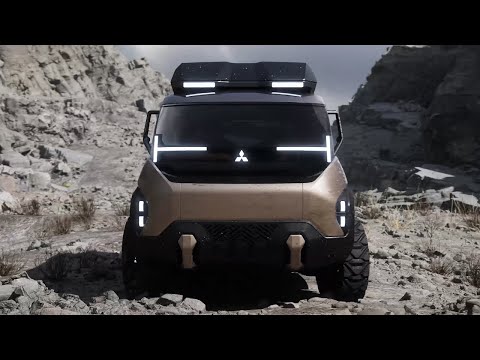
The Cult Appeal of the Delica and Emerging SUV Concepts
Among the anticipated models, the next-generation Delica stands out, especially given its cult following in the U.S. for imported Japanese models known for their rugged charm and versatility. Additionally, teaser images suggest the introduction of an intriguing SUV concept characterized by a compact, boxy design with notable ground clearance, potentially aligning with consumer favorites like the Ford Bronco Sport or Subaru Crosstrek Wilderness. Another mysterious model appears to be a compact crossover, hinting at possible collaborations within the Renault-Nissan-Mitsubishi Alliance.
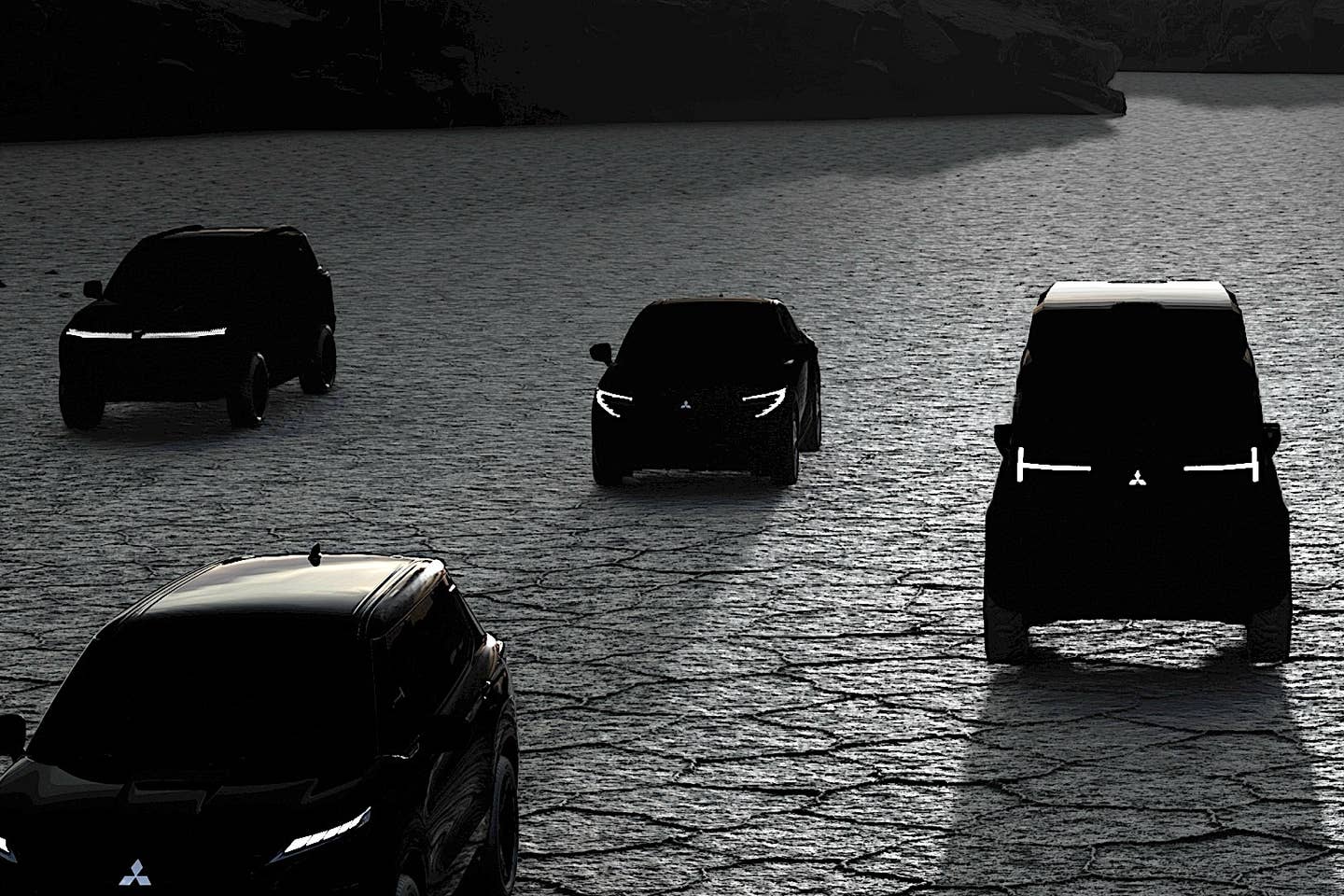
Unknown future Mitsubishi models that could be sold in the United States. Mitsubishi Motors NA
Implications and Future Prospects
Mitsubishi’s strategic expansion in North America reflects a significant commitment to diversifying and modernizing its vehicle offerings to appeal to a broader audience. With a focus on innovation and appealing to niche markets such as off-road enthusiasts and van lovers, Mitsubishi is positioning itself as a serious contender in the evolving automotive landscape. This approach not only aims to enhance brand visibility but also to establish a stronger connection with consumers through vehicles that meet their specific needs and preferences.

